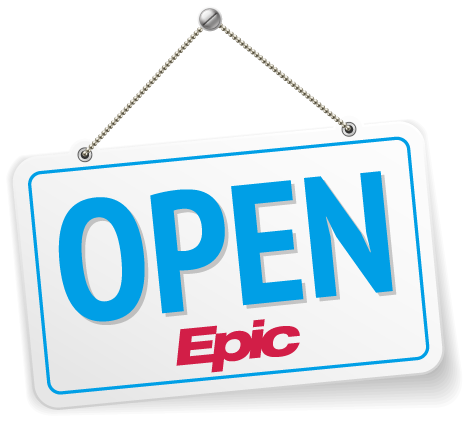Clinical Information
Sending and receiving clinical data.
Patient-Facing
Many organizations that use Epic software provide their patients with a patient portal account that allows patients and their family members to see patient-specific, patient-friendly clinical information. The portal provides access to clinical information as well as self-service features such as messaging and appointment scheduling. Organizations often find it useful to extend their patient-facing software to engage patients in creative ways.
Patient Portal Links
read the spec
Epic's patient portal can link to other patient-specific websites through functionality known as Dynamic Links. Dynamic Links are used to launch external websites from within the portal. The link can be configured to pass context about the patient through query string parameters, optionally encrypted using AES.
Current integrations include 

- Apex
- Blackhawk
- eHealth
- Health Media
- HealthEquity
- Lasernet
- MyPreventiveCare
- RSA Access Manager
- RxEOB
- The Health Heritage Family Medical History Project
- VisionTree
Content Linking
read the spec
The patient portal provides patients with a view into the medical chart maintained by their healthcare organization. This information can be supplemented by educational materials that are specific to a patient's problems, medications, and other information. This functionality is called Content Linking. While many approaches have been used to achieve this integration in the past, Epic recommends that new organizations use the Infobutton APIs as they are implemented through the National Library of Medicine and MedlinePlus.
Current integrations include 

- A.D.A.M.
- Elsevier
- Healthwise
- KidsHealth
- Krames-Staywell
- Lab Tests Online
- McKesson
- National Library of Medicine MedlinePlus
E-Signature
read the spec
Epic's kiosk software can be used to collect signatures for consent or other purposes. These signatures can then be sent to an external document management system. The kiosk sends an image of the signature to the document management system, which in turn creates a reference to the signature document within the EHR.
